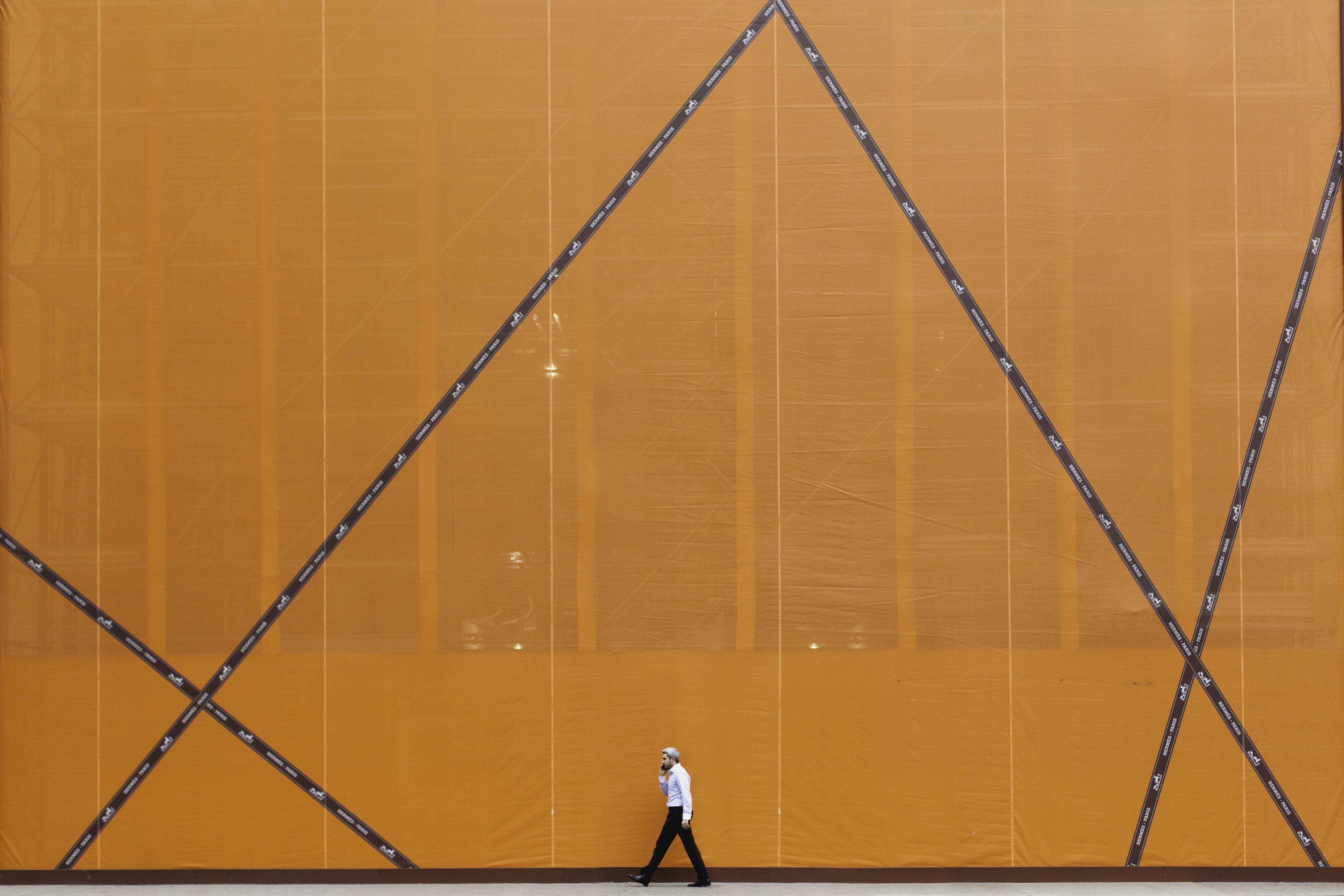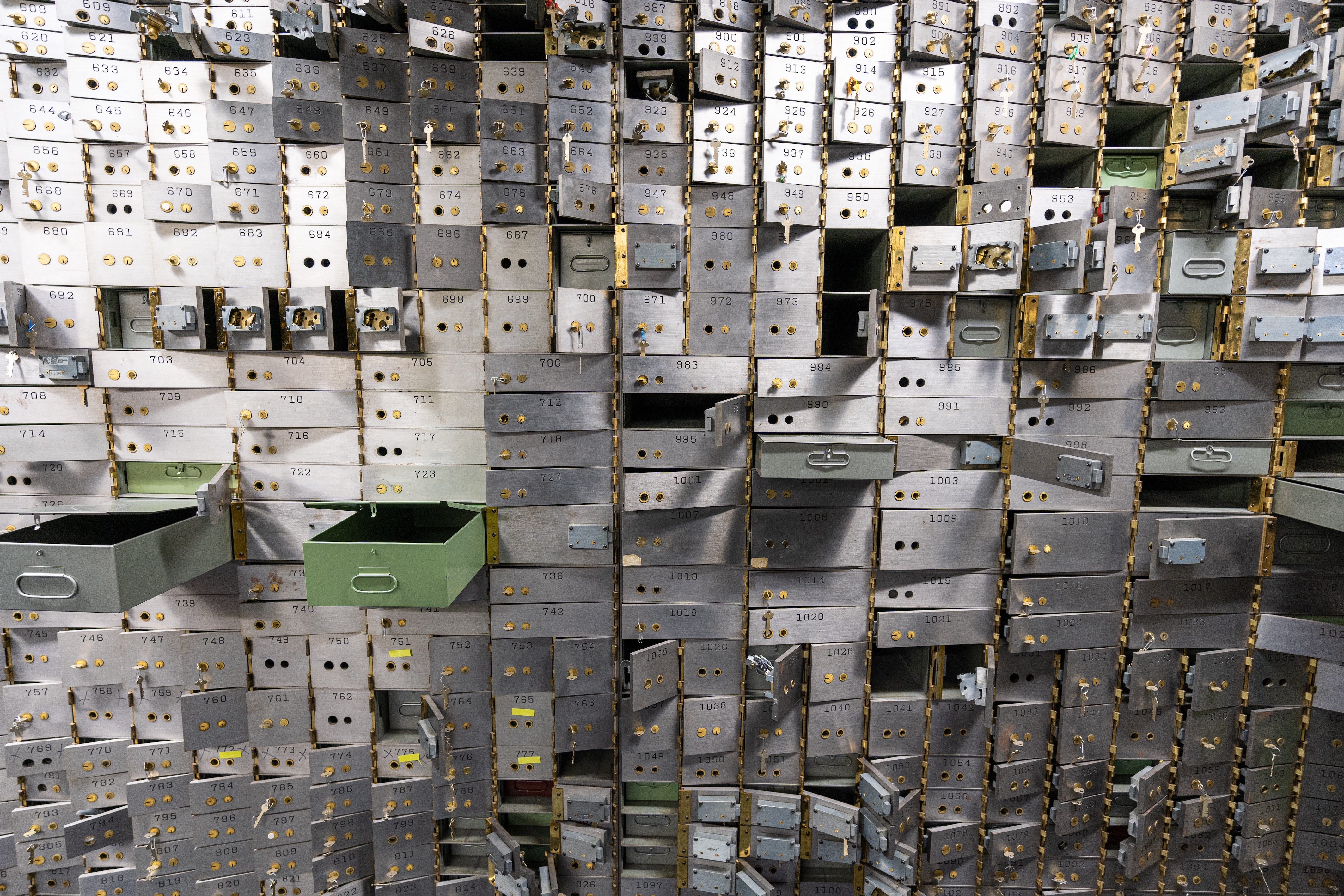
On 21 September 2001, an explosion at the AZF factory in Toulouse killed 31 people and injured more than 2,500, the biggest industrial accident since the war. The factory belonged to the Total Group’s Grande Paroisse subsidiary. Given the scale of the problems to be resolved, on the civil level with compensation for the victims, on the administrative level and on the criminal judicial level, 10 partners or associates from three law firms intervened (DSL — leading counsel for the defence— and his team alongside Jacques Monferran and his team from the Monferran firm in Toulouse and Jean-Pierre Boivin and his team from the Boivin firm).
Processing of compensation claims
Prior to any criminal proceedings, the overriding priority in this case was the compensation of the victims, for which it was impossible to envisage judicial processing through the courts. On the initiative of both the defence and the President of the Court of First Instance, an alternative organisation was set up almost immediately to handle disputes, with a monitoring committee chaired by a magistrate, the future Director of Civil Affairs, and consisting of the public prosecutor and the lawyers of victim support associations. This was the first time in France that such an organisation had been set up.
A consensus rapidly emerged in the compensation process. The objective was for the company to pay as quickly and as much as possible. This resulted in an envelope of approximately 2.5 billion euros paid out first in the very first months and then as claims were made. Total had delegated one of its directors to settle any problems that arose on the spot. Monferran in Toulouse played a major role in ensuring the success of this compensation work.
On that occasion, a new form of injury was recognised in the nomenclature, that of “special injury” resulting from the addition of several injuries which together constitute a different, new injury.
Criminal handling of the case
The criminal processing has been affected by several toxic orientations.
Firstly, the Public Prosecutor stated three days after the explosion that there was a 90 to 99% chance that it was an accident, without any grounds for saying so. Admittedly, the incident occurred ten days after 11 September and the terrorist attacks in New York, and legitimate public order concerns had prompted the government to avoid any witch-hunt that might have provoked violent reactions in some districts. However, these statements by the Public Prosecutor demobilised the police by preventing it from immediately taking the necessary steps to be able to complete the investigation into an attack:
-
There were no searches within the normal time limits, certain people were heard late and there were mass hearings of workers and general clumsiness towards all staff;
-
Thirteen people were indicted in June (one of whom had been in the company for less than three weeks), following a humiliating judicial review, to compensate for the few charges. Twelve of these sentences were rapidly overturned when a new investigating judge took over the case;
-
It was decided to entrust the investigation to the police in Toulouse instead of to the gendarmerie (the police force affiliated to the army) with its specialised technical services;
-
The forensic experts were influenced by the statements of the Public Prosecutor.
-
The forensic experts presented the cause of the accident to the plaintiffs in a huge room in the Toulouse courthouse by showing them the explosion of a glass tube that, in principle, contained DCCNa (which releases chlorine) and some nitrate. After a year and a half, when the defence demonstrated that in reality, there was neither DCCNa nor nitrate in the tube, the experts gave the excuse that it was necessary to conduct an experiment with products that explode quickly in order not to weary the audience.
There were not only many legal and technical problems in this case, but also questions of common sense. The accusation was based entirely on the experts’ 24th experiment, as all the previous ones had failed. Without “experiment 24”, obtaining a conviction was impossible. Prior to experiment 24, the Toulouse Court of First Instance had issued a general decision on 1 December 2005 dismissing the case.
According to this new hypothesis, a worker sweeping the floor of storage shed 335 two days before the disaster was said to have swept up 1.5 kg of DCCNa without realising. He was then said to have thrown the dust into a skip containing hundreds of kilogrammes of nitrate from a burst bag. Two days later, this skip’s contents was said to have been emptied into the box in shed 335 on a floor wet with nitrate. When this happened, the DCCNa on top of the skip was said to have slid off first to spread over the wet nitrate and ferment on contact with it. 14 seconds later, the dry nitrate in the skip was then said to have poured over the DCCNa, forming a sandwich consisting of wet nitrate, DCCNa and dry nitrate, and finally exploded.
However, no traces of chlorine were found when the forensic expert examined the floor of the shed where it was supposed to have been swept up. Moreover, no chlorine was found downstream or upstream.
Toulouse Criminal Court ruling
This lack of evidence led the Court to fully acquit Grande Paroisse and its director. On 19 November 2009, the Court summarised the principles as follows in its ruling: « Criminal law is law that is strictly applied and this is one of the pillars of our democratic society. »
Among the innovations of the defence, it is worth noting the place given by the courts to the technical expertise of the defendants who, under ECHR case law, were granted certain rights similar to those of the judicial experts, entitling them to remain in the courtroom to hear them and discuss their spoken arguments.
The defence did not seek to support any theoretical cause — such as a terrorist attack —given the lack of evidence, although this lack was due to the many shortcomings in the preliminary investigation. The defence did not propose any alternative theories either, considering that all the demonstrations it had tried to make based on the work of the scientific experts did not constitute evidence in the judicial sense of the term.
Toulouse Court of Appeal ruling
The Toulouse Court of Appeal overturned the initial decision with a very biased ruling, sentencing Grande Paroisse to pay a criminal fine and the factory manager to a term of imprisonment. However, the defence discovered that one of the judges was the vice-president of a victims’ association linked to the plaintiffs and so lodged a complaint with the Supreme Judicial Council on grounds of the Toulouse Court of Appeal’s lack of objective impartiality. The Council investigated the matter on behalf of SLA and found that the magistrate concerned had herself asked the First President of the Court of Appeal to replace her before the trial, in view of her conflict of interests. The President of the composition of the Court also asked the First President to replace this judge, but the request was rejected.
Court of Cassation ruling
The Court of Cassation, in its ruling of 13 January 2015, overturned the Toulouse Court of Appeal’s ruling of 24 September 2012 for failing to comply with the principle of objective impartiality and annulled the Court of Appeal’s entire decision. It then referred the case back to the Paris Court of Appeal.
Paris Court of Appeal ruling
On 31 October 2017, the Paris Court of Appeal sentenced Grande Paroisse to a fine and its director to a light suspended sentence. The Court of Appeal held that the experts’ hypothesis (“experiment 24”) was perhaps not what actually happened but rather an example of what could have happened.
Court of Cassation second ruling
On 17 December 2019, the Court of Cassation dismissed the appeal against the ruling of the Paris Court of Appeal.
European Court of Human Rights
The defence has appealed to the ECHR against the Paris Court of Appeal’s ruling after the appeal was rejected. This appeal is founded on a breach of the “certainty of cause” principle required by case law, which must be strictly applied by the court in its acquittal decision. In its hearing of the case, the ECHR may either terminate the case or reopen it at national level in order to review the conviction.
The essence of the problem, as the Court again said in its ruling, is that criminal law must be strictly applied and “this is one of the pillars of our democratic society.” Despite the fact that the Courts of Appeal of Toulouse and Paris are ignorant of this principle, this historical expectation will remain.































